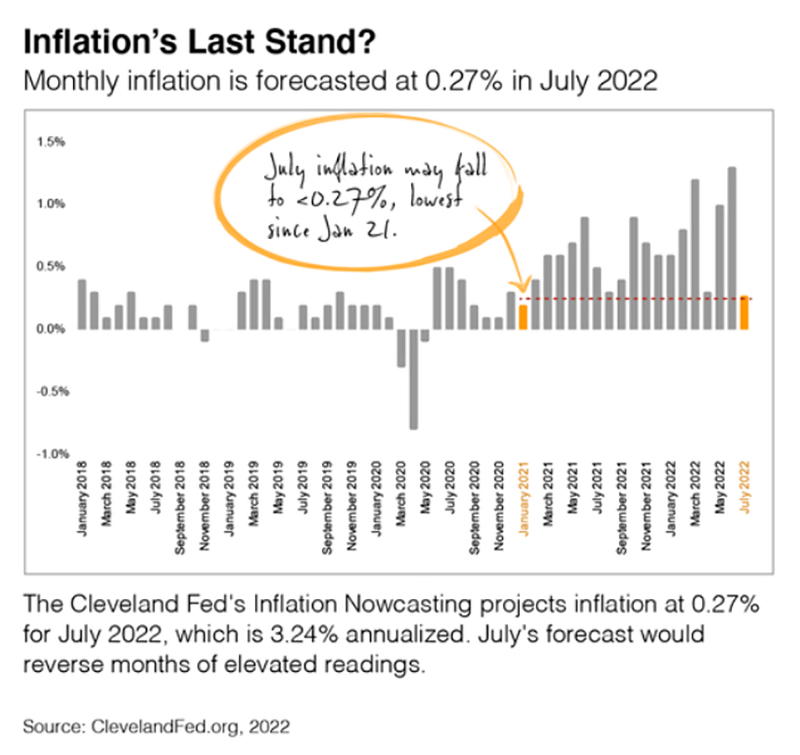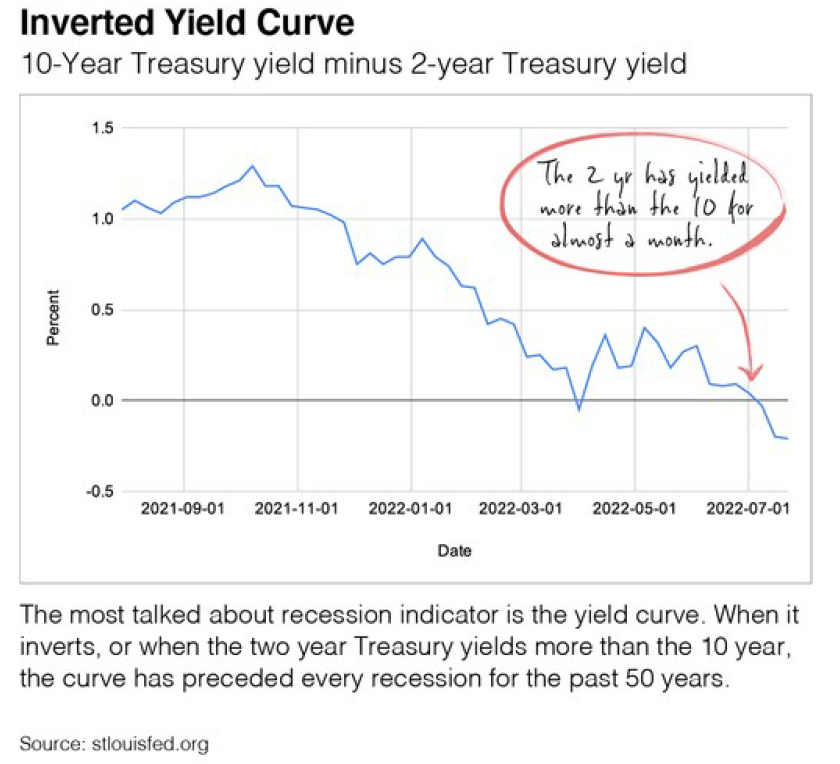
Separating the Signal From the Noise
What kind of role can a financial professional play for an investor?
The answer: an important one. While the value of such a relationship is hard to quantify, the intangible benefits may be long-lasting.
There are certain investors who turn to a financial professional with one goal in mind: the “alpha” objective of beating the market. But even Wall Street’s brightest money managers can come up short.
At some point, these investors realize that their financial professional has no control over what happens in the financial markets. They come to understand the real value of the relationship, which is about strategy, coaching, and understanding.
A financial professional can provide guidance about today’s financial climate, determine objectives, and assess progress toward those goals. Alone, an investor may find it difficult to do any of these tasks. Moreover, an investor may make self-defeating decisions. Today’s steady stream of information can prompt emotional behavior and may lead to blunders.
No investor is infallible.
Investors can feel that way during a great year when every decision seems to work out well. But overconfidence may set in, and the reality that the markets have challenging years can be forgotten.
A financial professional can help an investor commit to staying on track.
Through subtle or overt coaching, the investor can learn to take short-term market volatility in stride and focus on the long term. A strategy is put in place based on the investor’s goals, risk tolerance, and time horizon.
As the investor-professional relationship unfolds, the investor begins to notice the intangible ways the professional provides value. The professional may help explain the subtleties of investment trends and how potential risk often relates to potential reward.
Perhaps most importantly, the professional helps the client get past the “noise” and “buzz” of the financial markets to see what is really important to their financial life.
The investor gains a new level of understanding, a context for all the investing and saving. The effort to build wealth and retire well is not merely focused on success but also significance.
The content is developed from sources believed to be providing accurate information. The information in this material is not intended as tax or legal advice. It may not be used for the purpose of avoiding any federal tax penalties. Please consult legal or tax professionals for specific information regarding your individual situation. This material was developed and produced by FMG Suite to provide information on a topic that may be of interest. FMG Suite is not affiliated with the named broker-dealer, state- or SEC-registered investment advisory firm. The opinions expressed and material provided are for general information, and should not be considered a solicitation for the purchase or sale of any security. Copyright 2022 FMG Suite.
 Dr. Jason Van Duyn
Dr. Jason Van Duyn
586-731-6020
AQuest Wealth Strategies
President
![]() Dr. Jason Van Duyn CFP®, ChFC, CLU, MBA is a Registered Representative with and Securities and Advisory Services offered through LPL Financial, a Registered Investment Advisor. Member FINRA & SIPC. The LPL Financial registered representative associated with this site may only discuss and/or transact securities business with residents of the following states: IN, IL, TX, MI, NC, AZ, VA, FL, OH and CO.
Dr. Jason Van Duyn CFP®, ChFC, CLU, MBA is a Registered Representative with and Securities and Advisory Services offered through LPL Financial, a Registered Investment Advisor. Member FINRA & SIPC. The LPL Financial registered representative associated with this site may only discuss and/or transact securities business with residents of the following states: IN, IL, TX, MI, NC, AZ, VA, FL, OH and CO.
















